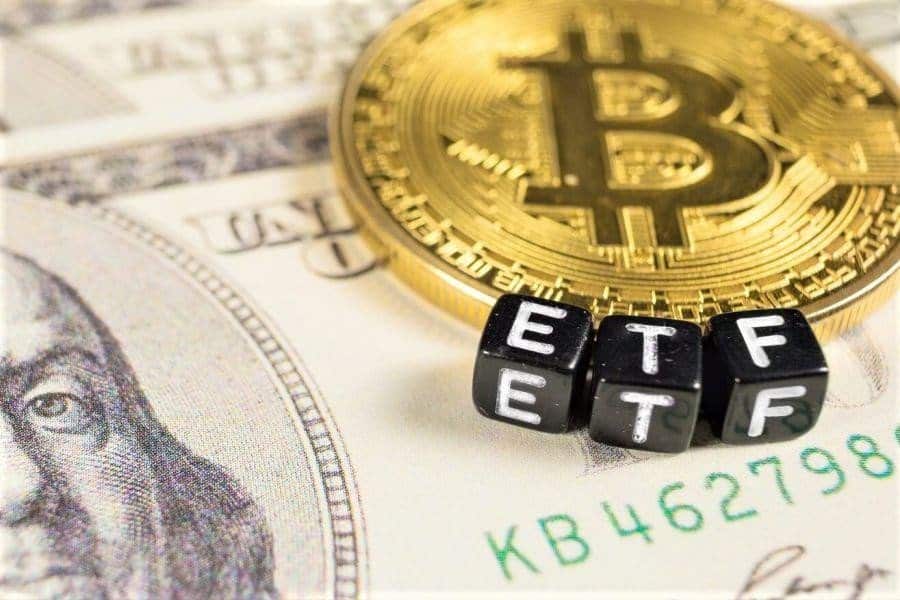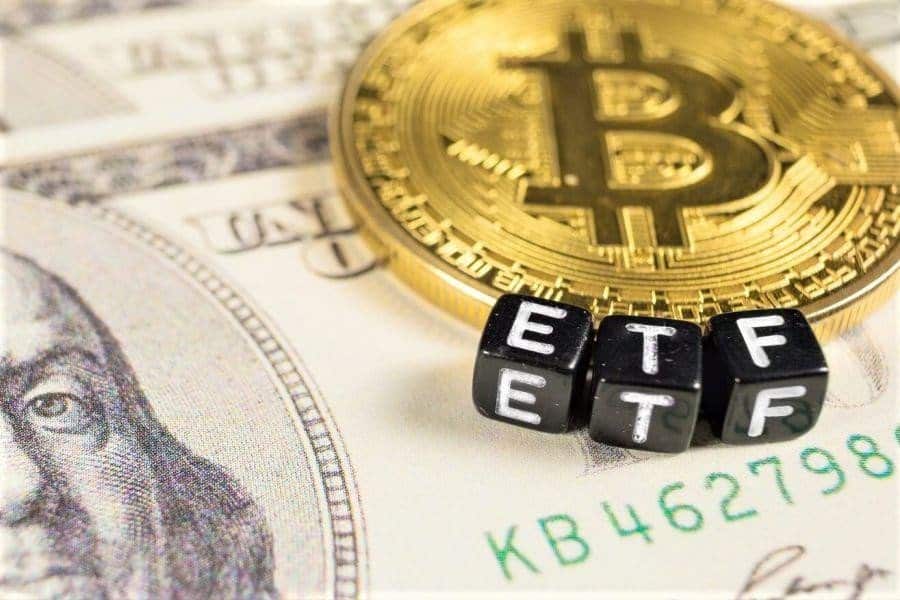Spot Bitcoin ETF Could Attract $3B on First Day and Up To $55B Over Five Years: Analysts


Investors have been eagerly anticipating regulatory approval for a spot Bitcoin ETF, which is expected to trigger a fresh wave of institutional demand in the leading cryptocurrency.
While estimating the potential cash inflow for such a fund remains a subject of debate among market players, projections range from $3 billion on its first day to a staggering $55 billion over a span of five years, according to a Tuesday report by Reuters.
Drawing a parallel to the gold market, Dave Mazza, Chief Strategy Officer at ETF provider Roundhill Investments, told the media outlet that the approval of spot ETFs has the potential to transform the landscape of the bitcoin market.
He anticipates a surge in purchasing activity with the introduction of the first spot bitcoin ETFs, similar to the impact of the first-ever gold ETF in 2006 or the bitcoin futures ETF in 2021.
Several prominent investment giants, including BlackRock and Fidelity, as well as crypto-focused firms like Grayscale, have submitted applications for spot bitcoin ETFs.
The U.S. Securities and Exchange Commission (SEC) is currently reviewing eight to ten filings for new spot bitcoin products, although details regarding the timing of decisions are still unclear.
Despite the optimism surrounding ETFs, there are traditional investors who remain skeptical about cryptocurrencies and express no interest in these new investment vehicles.
“Not a penny of my clients’ money will find its way into these misbegotten so-called investments,” said George Gagliardi, an investment advisor with Coromandel Wealth Management in Lexington, Massachusetts.
BTC Surges on Optimism Around Spot ETF
The optimism around the launch of a spot Bitcoin ETF has fueled the recent rally in crypto markets, which saw the flagship cryptocurrency reach $35,198, the highest level since May 2022.
However, estimating the demand for an ETF is challenging due to the diverse range of metrics used by investors and analysts.
Crypto firm NYDIG estimates the demand for a spot bitcoin ETF at approximately $30 billion.
Their calculation involves comparing the sizes of the gold and bitcoin ETF markets, adjusting for their relative volatility.
However, Todd Sohn, ETF strategist at Strategas Securities, acknowledges the difficulty in accurately predicting the level of demand for a brand-new asset class entering the ETF market.
Existing Bitcoin ETFs that are tied to futures contracts do not precisely track price movements, and the costs associated with rolling over futures contracts can erode returns, making them less attractive to investors.
Steven McClurg, the investment chief at Valkyrie Funds, which has applied for a spot bitcoin ETF, suggests that one way to gauge demand is to analyze the size of the Grayscale Bitcoin Trust (GBTC), an open-ended private trust that directly holds bitcoin.
According to McClurg, the current market capitalization of GBTC, which stands at $3.2 billion, could represent the initial demand for a spot Bitcoin product.
Bitcoin ETF Could Trigger Demand From Big Investors
Advocates believe that financial advisers, pension funds, and other money managers, which collectively manage around $46.5 trillion, could be a significant source of demand for a spot Bitcoin ETF.
Matthew Sigel, Head of Digital Assets Research at VanEck, which has a spot bitcoin ETF pending SEC approval, anticipates that if BlackRock enters the market, a percentage of wire houses and financial advisers will add the fund to their platforms.
Matthew Hougan, CEO of Bitwise Investments, predicts that spot bitcoin ETFs will attract $55 billion in the first five years, based on the demand observed in smaller markets where such ETFs already exist, such as Canada.
Despite the potential for substantial demand, not all asset managers vying for a piece of the action are likely to succeed in the long run.
“Are all of them going to be a success? Of course not,” Hougan added. “The ones with the best marketing will succeed, but half will be gone within two years.”




